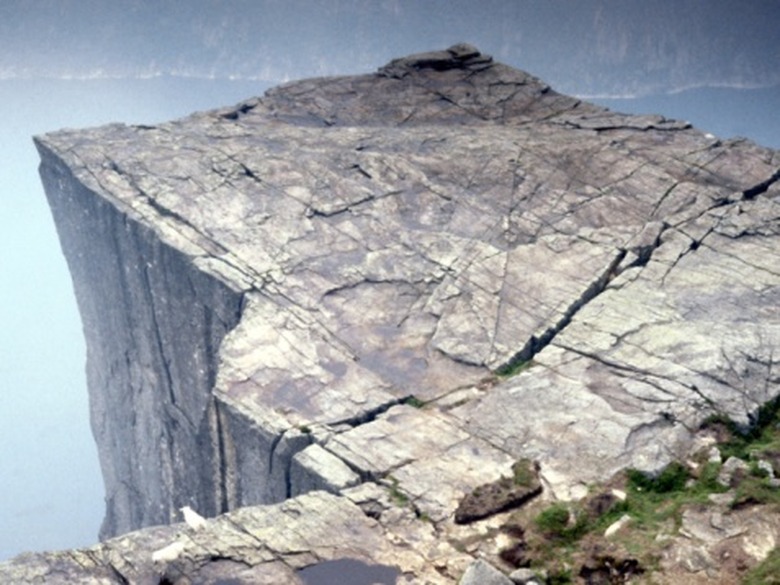What Are The Dangers Of Rockwool?
Rockwool is used in home insulation and is growing in use for hydroponic gardening, which is a method of growing plants using mineral nutrient solutions, in water, without soil. This mineral is a sterile, porous, non-degradable material manufactured in various forms. Rockwool has been in use since the 1970s but has recently come under scrutiny for potential dangers from its fibers.
Manufacturing process
Manufacturing process
Rockwool is created by melting natural basalt rock and chalk at 1,600 degrees Celsius. The material is then blown into a large spinning chamber that forms it into thin strands. This method produces 37 cubic feet of wool from 1 cubic foot of rocks. The process itself is eco-friendly and creates a material that does not possess plant pathogens.
Skin and eye irritant
Skin and eye irritant
The dust from rockwool can irritate the skin and eyes if a person comes into direct contact with it. Gloves and goggles should be worn when working with rockwool. When handling rockwool, it should be kept away from children and animals. Clothes need to be thoroughly washed after coming into contact with the dust, so others are not directly exposed. Rockwool fibers are single monofilament strands and do not separate into thin fibrils such as asbestos and will not penetrate the cell walls within the body. This is why rockwool is not as harmful to breathe in as asbestos. Because rockwool fibers are short and thick, the body can easily expel them.
Older rockwool insulation
Older rockwool insulation
Older forms of rockwool insulation are composed of fiberglass, mineral wool and could contain asbestos. Homes built after 1960 that contain rockwool insulation most likely do not have asbestos. Breathing in asbestos could possibly cause lung-restrictive illness and death. The newer forms of rockwool pose little risk of breathing it in.
Cavity wall insulation dangers
Cavity wall insulation dangers
Older applications of rockwool were installed loosely and formed large spaces in wall cavities, which made it extremely flammable. Due to advancements in the manufacturing process of rockwool, it is now one of the most fire-retardant insulation materials available, according to "Gardening Indoors with Rockwool." Rockwool has a melting point around 2,000 degrees Fahrenheit. If there is an older form of rockwool in a home, the primary danger is that it will burn well. If your home was built prior to 1960 and contains rockwool insulation, it is important to keep its flammability in mind. The newer forms of rockwool do not possess this flammability problem.
References
- "Gardening Indoors With Rockwool"; George F. Van Patten and Alyssa F. Bust; 2009
